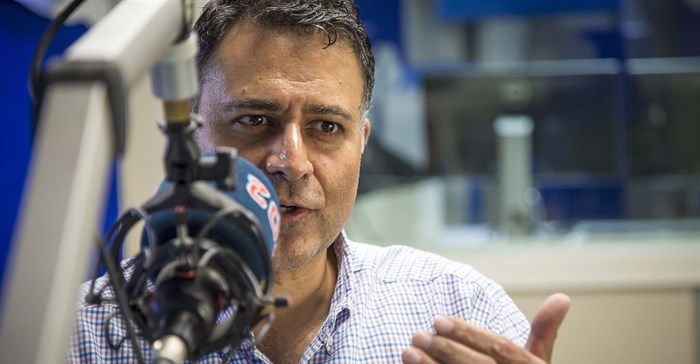Marketing & Media trends
Industry trends
BizTrends Sponsors
Trending




 Era of first-party data dawns as the data cookie crumblesLindsey Schutters
Era of first-party data dawns as the data cookie crumblesLindsey Schutters
Jobs
- Marketing Manager Johannesburg
#BizTrends2018: Advertising platform accountability

There are companies that provide a constant stream of content. They are the sources of huge amounts of information; some of it about what our friends and family are up to; some about the state of the world; some accurate; some not. They often look and feel like media companies and yet they claim that they are not.
There are countless of these sorts of businesses. They have added enormous value to our lives. Equally they have caused massive disruption, not only to the industries that they displace but to ways of life, ways of relating and increasingly, it seems to our neurobiology.
The business literature calls them platform businesses. They themselves are adamant that they’re not the same sort of business as those they disrupt. Yet, in the words of old; if it looks like a duck, walks like a duck and quacks like a duck, then it probably is a duck.That is the challenge that confronts the world as it ponders what social media platforms mean for the good of all of us.
The evolution of power, and regulation of traditional media
Traditionally media companies operate within a compliance framework. They have codes of conduct that govern editorial integrity and they have strict processes that govern the type of advertising that they will carry.
If they contravene these codes they are subject to penalties that range from censure, to fines and in the case of highly regulated users of national spectrum, like terrestrial radio and terrestrial television the threat of losing their licenses. There are both clear standards and clear penalties if these media companies act outside the agreed framework.
Those standards and penalties exist for a reason. They exist because of the tremendous power that media has in society. Media companies have the power to destroy people’s reputations, they have the power to swing elections, to obscure truth, to promote schemes or products damaging to people’s livelihoods and health.The codes and the regulations exist to protect individuals and society from the potentially negative effects that mass media behaving irresponsibly can have. This regulation and policy did not appear the first time a newspaper was printed or a radio broadcast occurred, it emerged over years to govern very powerful industries.
The tide is turning
Until very recently, the world’s largest social media platforms have skated past such frameworks claiming that they are not media companies despite being the world’s most powerful distributors of content.
That tide has started to turn with regulators around the world starting to turn their attention to what these businesses’ operating model may mean for elections.
However, the issue is much broader than just electoral manipulation (although that is of massive concern):
It is the wholesale distribution of stories that are simply false; it is the opaque experimentation with algorithms that cause particular types of content to be elevated above others with none of the checks and balances that apply to existing media.Those checks and balances did not emerge arbitrarily, they emerged from the recognition that news and information has the ability to move markets, shape livelihoods and influence the direction of society.
Google and Facebook have failed us, writes @alexismadrigal https://t.co/4fj9C3E1MJ
— omaressack (@omaressack) October 8, 2017
Response from platforms
In this context, the platforms are scrambling to make changes and on a weekly basis are releasing updates about what efforts they are making to respond to the challenges.
However, in the existing analogue world of broadcast and print, nothing gets to air or publication until it has gone through comprehensive checks and balances. This is how many media companies have created brands that audiences trust, which helps to create a reliable, credible platform and context that is appropriate for advertisers.
Going forward: the role of pressure from advertisers
There is no doubt that platforms have added enormously to all our lives and they will continue to grow. However, the stakes are too high for them to continue in an entirely unregulated fashion.
It is incumbent on all of us to insist on higher standards, to not accept the excuse that they are not responsible for the advertising they take on or the content that is distributed on their platforms.The onus is particularly heavy on advertisers to be vigilant, as it should not be only about protecting their brands but ought to be about ensuring that social cohesion and democracy is underpinned by responsible media platforms.
Ultimately, it is advertising money that fuels these businesses, advertisers ought to be insisting that some of that money goes to creating more comprehensive checks and balances – as recent events have shown, the consequences of not doing that, could potentially be devastating.









